In early June I was able to go to a conference in Edinburgh, our travel schedule meant that we also had a couple of days to explore a little bit of Scotland. Our research told us that June was the perfect time to see puffins off the Scottish coast, and so we made it our mission to spot at least one puffin on our trip.

On our first day in Scotland, whilst we recovered from our flights, we decided to take the train down the coast to the picturesque town of North Berwick. The other attraction was that this was the home of the Scottish Seabird Centre from where we could take boat trips to the nearby islands that are popular with seabirds.
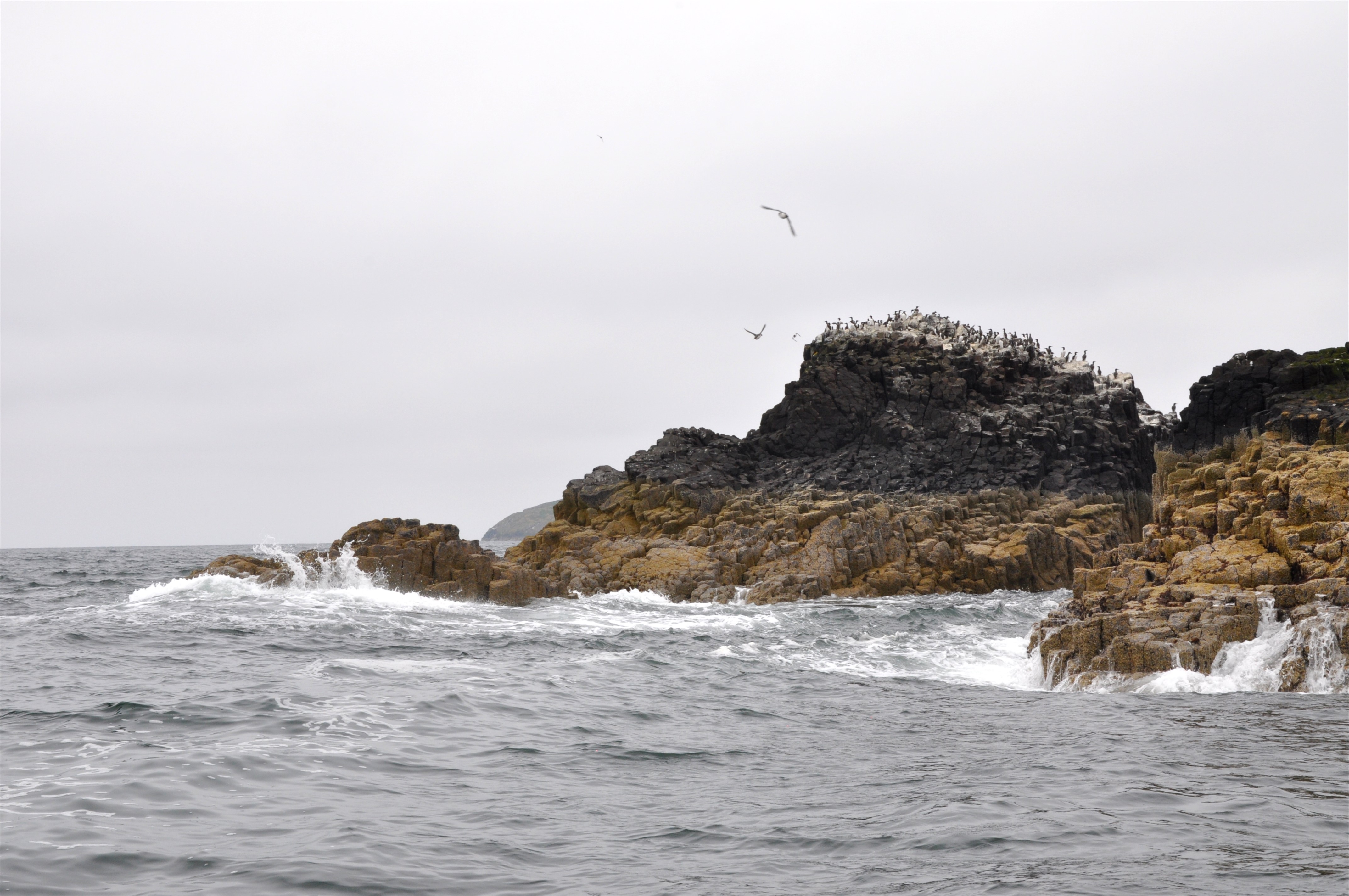
We arrived at the Seabird Centre and were kitted out with waterproof trousers and jackets and with a little trepidation as to the conditions we would meet on the North Sea, we boarded the small boat.
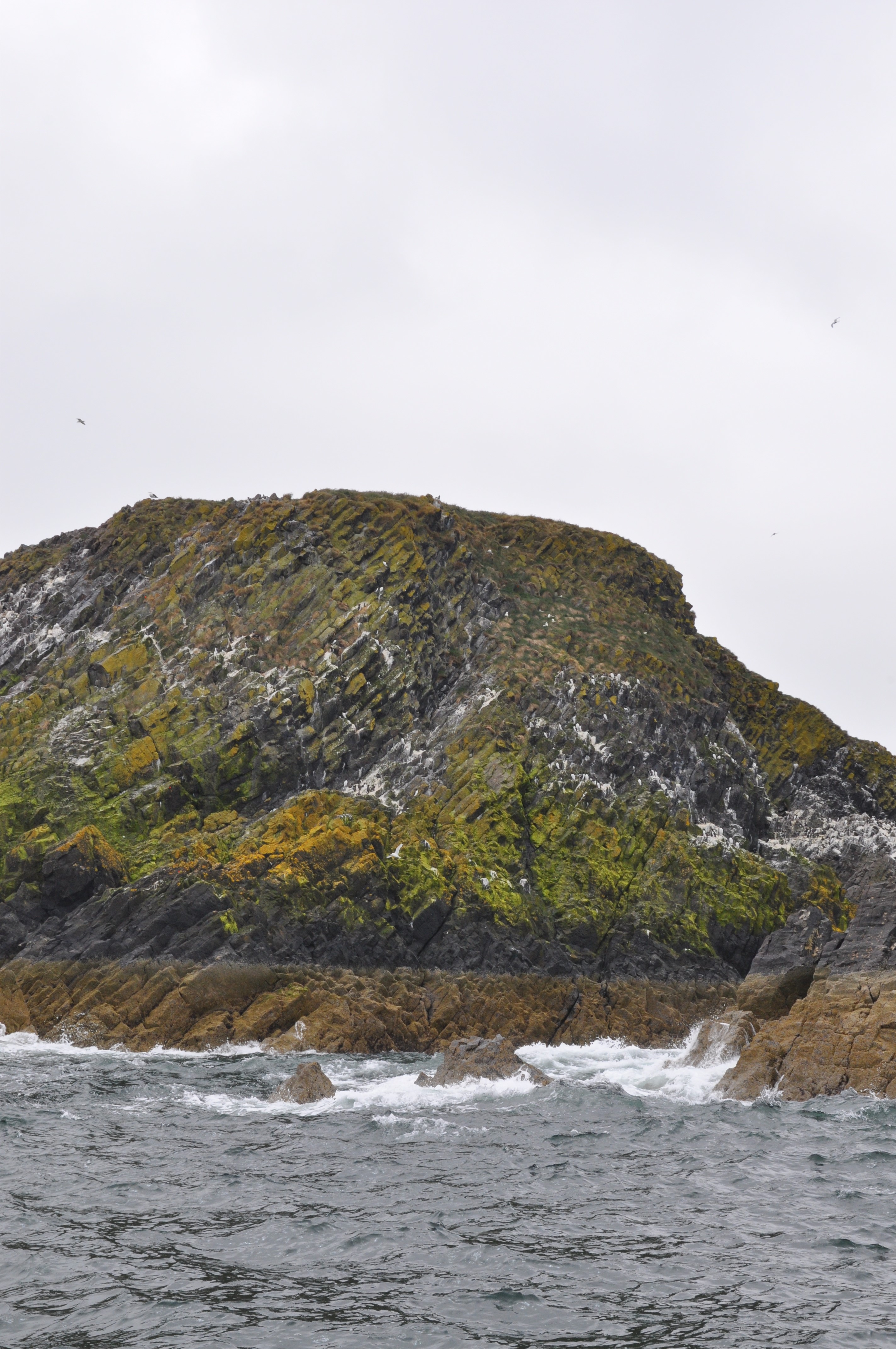
We headed out into the Firth of Forth and bounced across the small waves to the first two islands, which were just rocky promontories. As we rounded each island we were able to make out a few birds nesting on the rocky ledges.
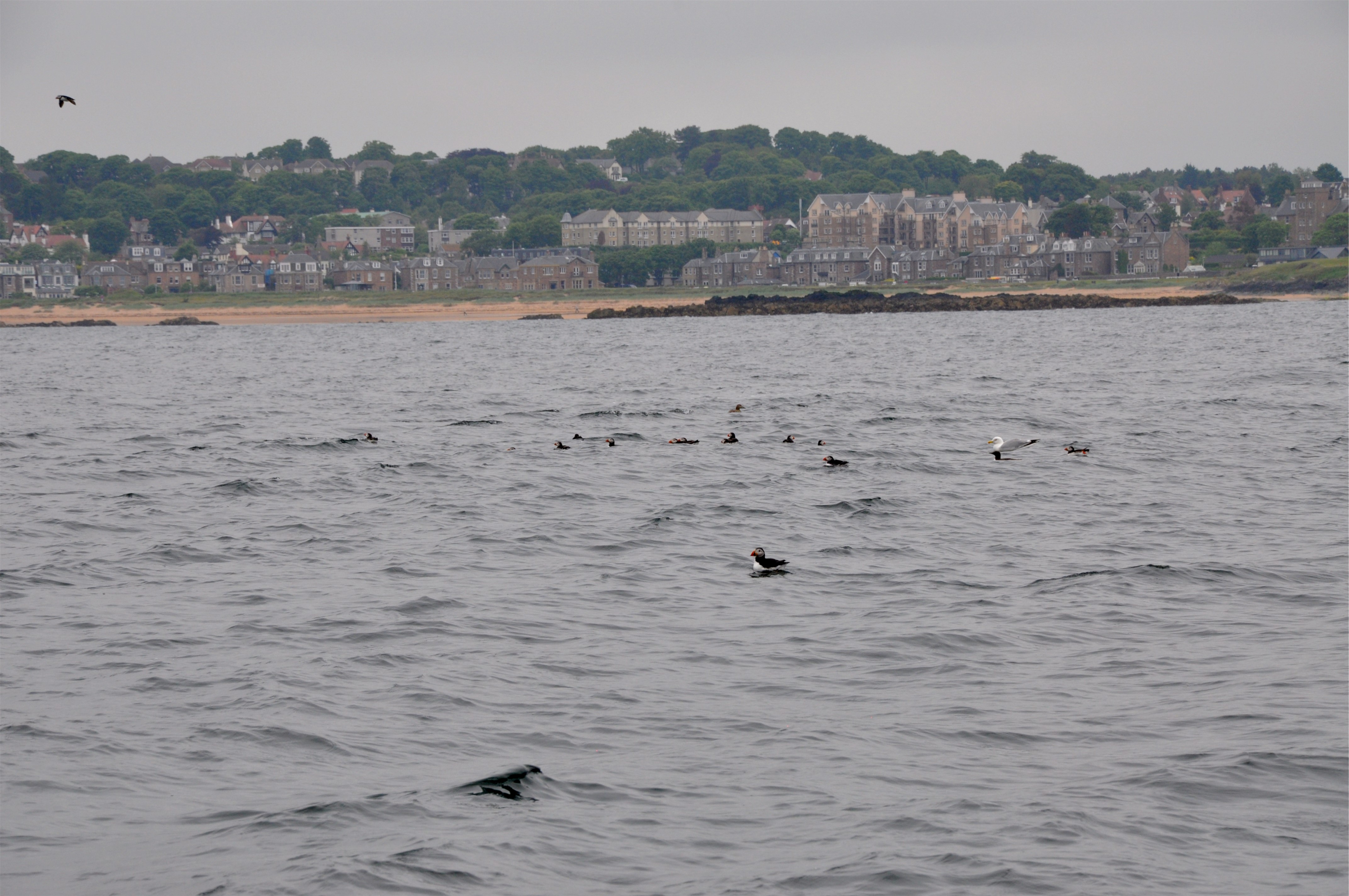
As we travelled over towards the main island we spotted our first puffins. They slowed the boat and we found ourselves among a circus of puffins that just seemed to be bobbing along on the waves. We couldn’t believe our good luck as our guide had just been telling us how there were limited numbers of puffins in this area.
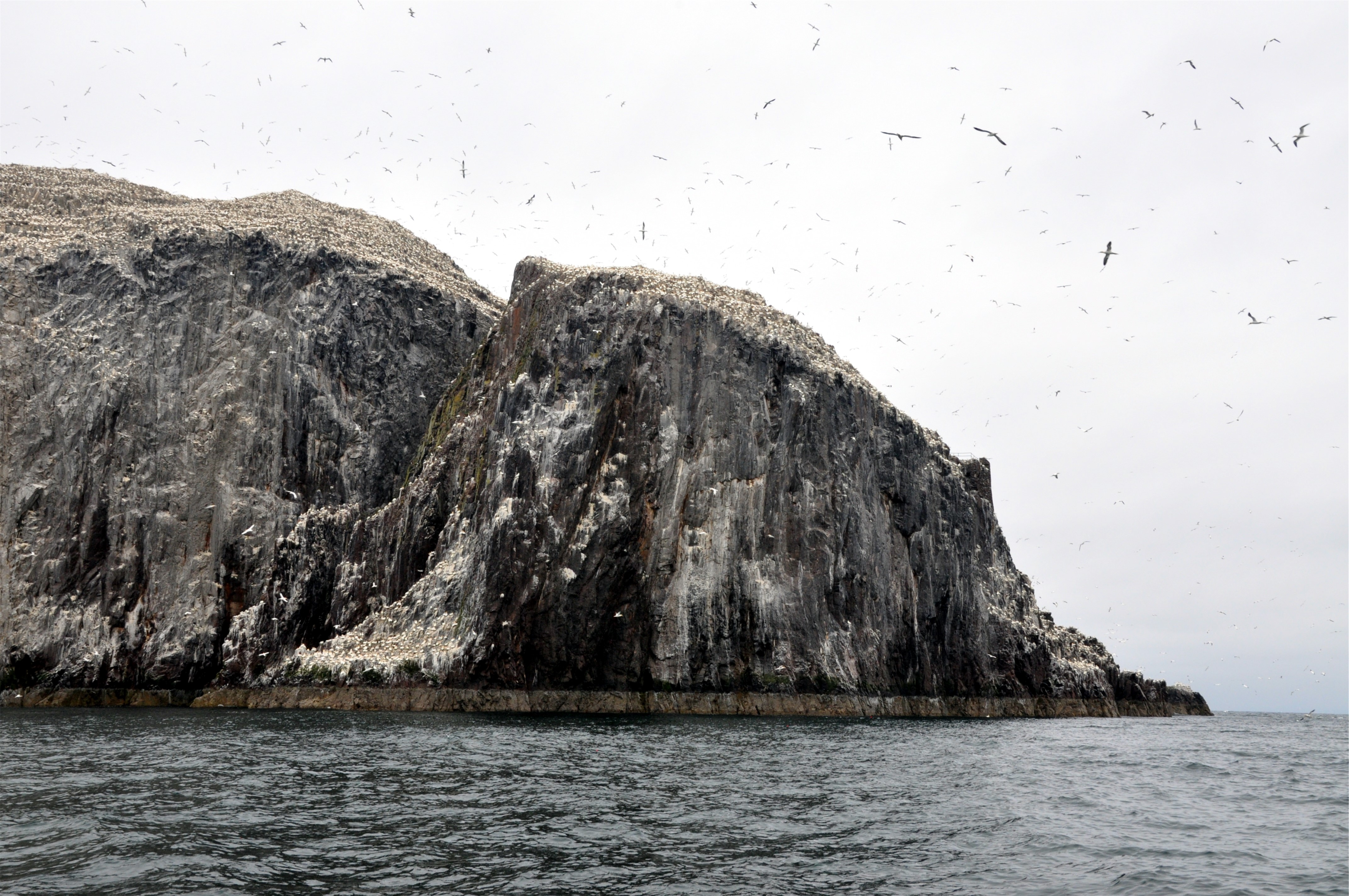
Leaving the puffins behind we continued on towards Bass Rock, the world’s largest colony of Northern Gannets. We knew we should expect a lot of birds, but nothing could prepare us for the noise as we approached the island.

Home to more than 150,000 gannets it seemed that every possible surface was occupied by a bird. Above us the sky was also full of birds coming and going from the island in search of food.
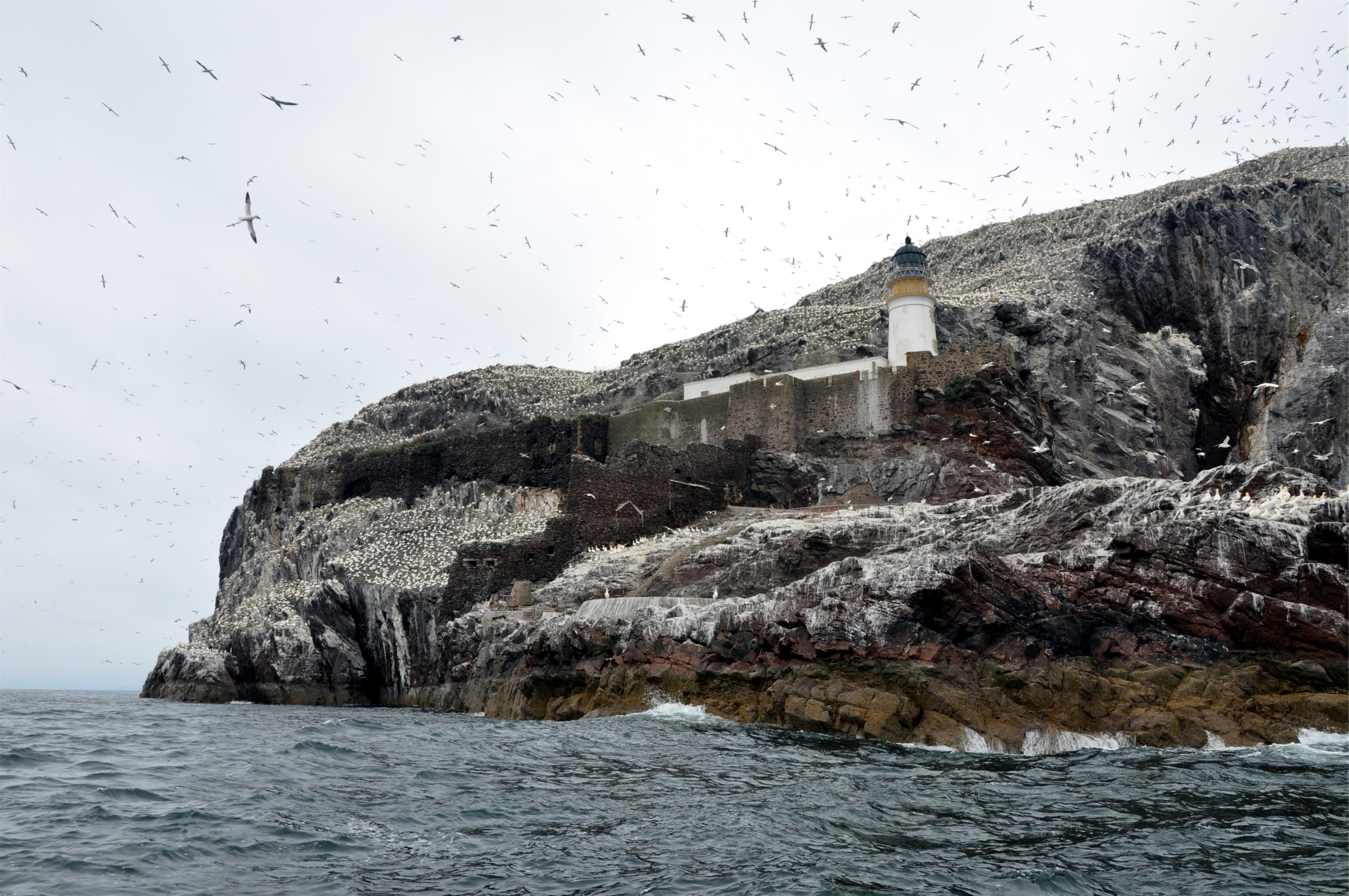
We rounded the point and came across the remnants of a number of buildings. From the curtain wall of a castle which subsequently became a prison in the mid-sixteenth century to the more modern Stevenson Lighthouse, the island has had quite a varied history despite, or perhaps because of, its remote location.
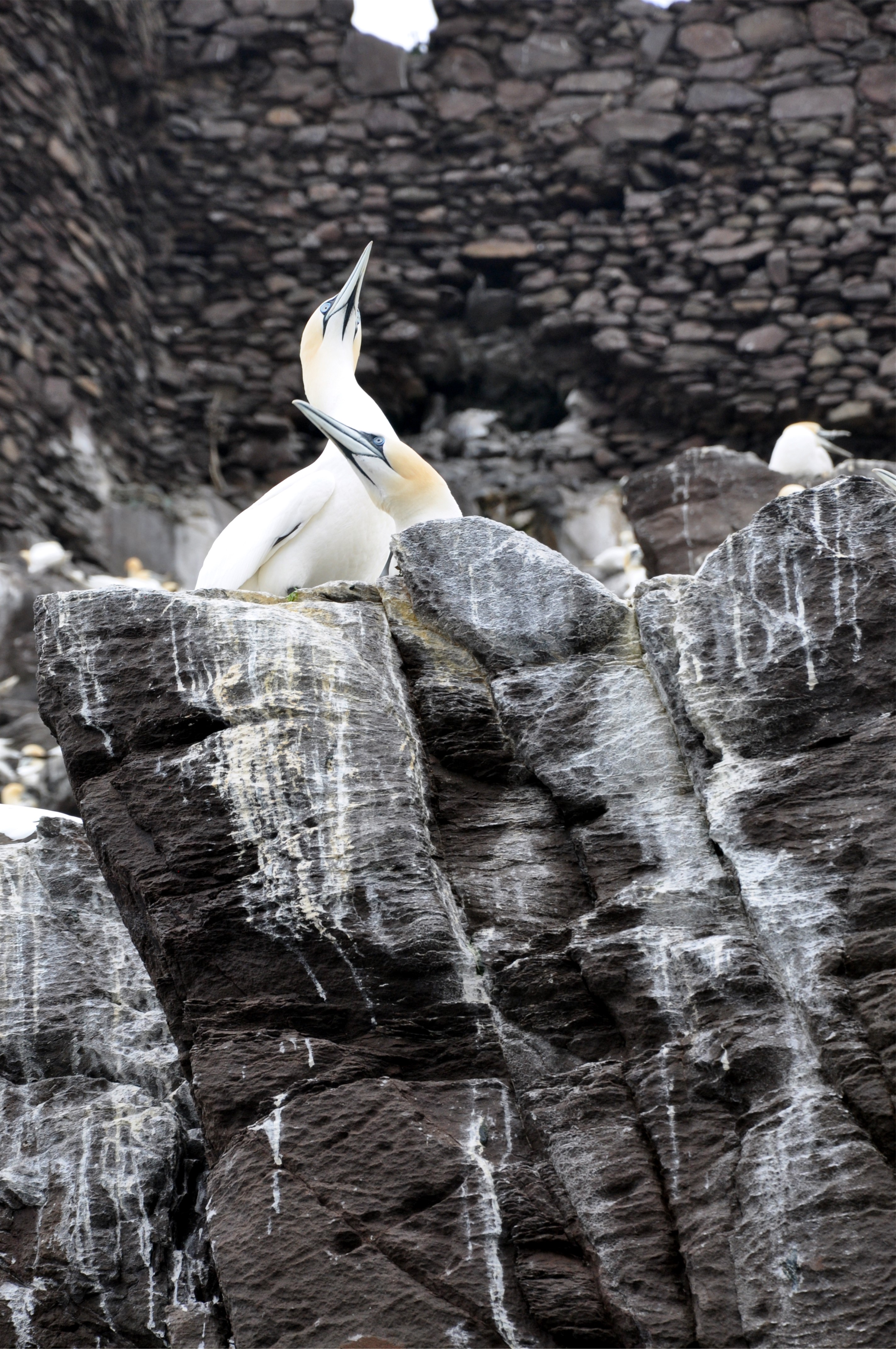
We continued around the island and were able to get quite close to the shore giving us fantastic views of the nesting birds. This close we were really able to appreciate the beautiful birds with their distinctive markings.

We left Bass Rock and started to make our way back towards North Bewick, pausing to get a final look at the island. Having seen the birds up close, we were better able to appreciate the distant view of the rock, knowing that each white spot on the island was most likely a gannet.
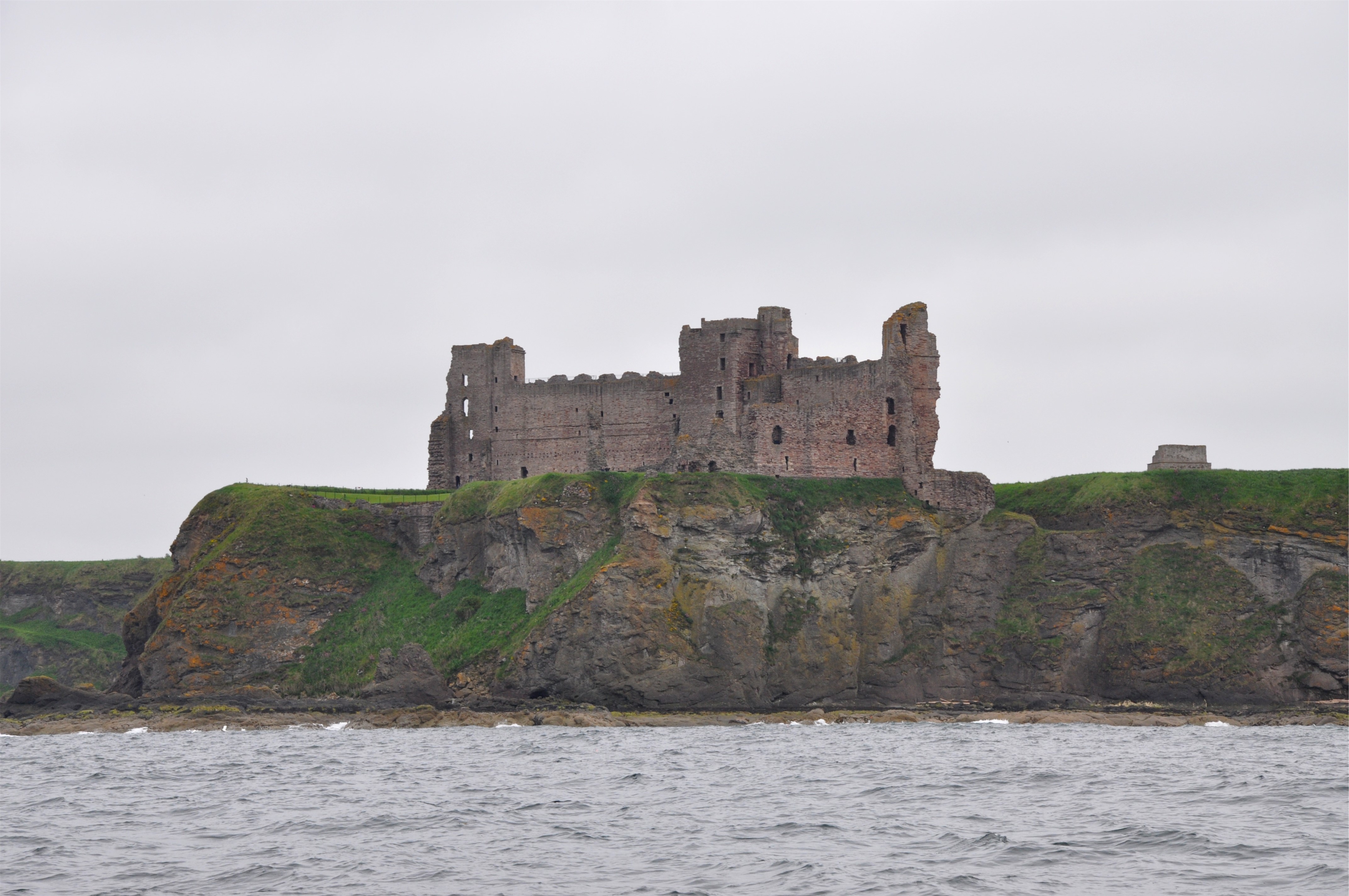
As we made our way back along the coastline we also got a great view of Tantallon Castle. The castle was constructed in the mid-fourteenth century and consisted of just a single curtain wall; using the natural rocky headland to defend the other sides.
From Tantallon Castle it was just a short trip back up the coast to the harbour at North Berwick. A little windswept we returned to dry land for a warming cup of tea looking out over the islands, marveling over how many birds we had seen in such a short space of time; a great start to our Scottish adventure!
